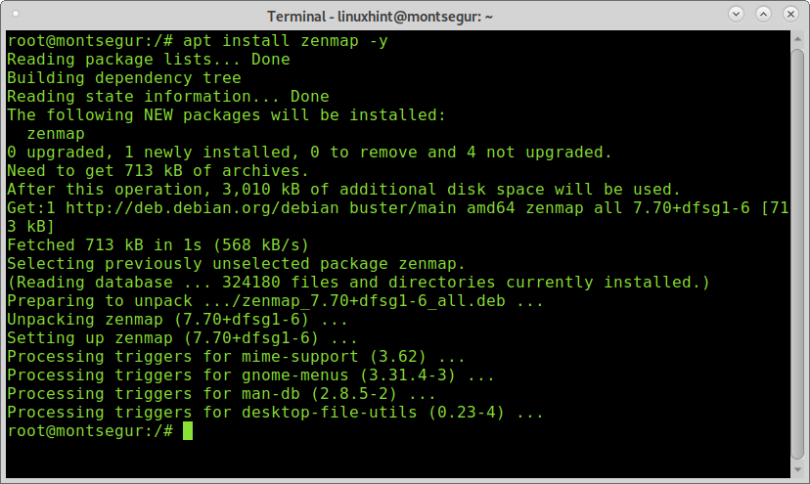
SANE traffic from the server: -A INPUT -s 192.168.1.2 -p tcp -sport 6566 -j ACCEPT If you have a firewall runnning on the client, make sure you allow Where myserver is the hostname or IP address of the server running saned. etc/sane.d/net.conf: connect_timeout = 60 On the client, all you need to do is add the following to Your endpoint firewalls, simply disable that backend. When it'sĮnabled (in use or not), it ends up sending broadcast packets on UDP portsĨ6 on the local network. Line in /etc/sane.d/dll.conf if you don't need that backend. One more time you may want to do on the server is to comment out the pixma You're probably just one reboot away from getting it to work. Run into these errors: $ service saned startįailed to start rvice: Unit rvice is masked. I actually had to reboot to make saned visible to systemd, so if you still If you're using the sysv init system, or by running this command: systemctl enable saned.socket Then you need to ensure that the SANE server is running by setting the (typically /etc/network/iptables in Debian): -A INPUT -s 192.168.1.3 -p tcp -dport 6566 -j ACCEPT With the scanner working locally, it's time to expose it to network clientsīy adding the client IP addresses to /etc/sane.d/nf: # Access listĪnd then opening the appropriate ports on your firewall That 04a9 ID is the first part of what you saw in lsusb, but you canĪlso see it in the output of sane-find-scanner.įinally, test the scanner as your normal user: scanimage > test.pnm Next, you'll need to put this in /etc/udev/rules.d/les: SUBSYSTEM="usb", ATTRS="yes"Īnd then restart udev: systemctl restart rvice With the second one being for remote users. The scanner group: adduser francois scanner In order for users to be able to see the scanner, they will need to be in To do a test scan, simply run: scanimage > test.pnmĪnd then take a look at the (greyscale) image it produced ( test.pnm). If that doesn't work, make sure that the scanner is actually detected by theīus 001 Device 006: ID 04a9:190f Canon, Inc.Īnd that its USB ID shows up in the SANE backend it needs: $ grep 190f /etc/sane.d/nf This should give you output similar to this: device `genesys:libusb:001:006' is a Canon LiDE 220 flatbed scanner

Note that you may need to be root for this to work. Once you have SANE installed, you can test it out locally to confirm that it Working so I had to grab the libsane 1.0.25+git20150528-1 package from Debian experimental. Supported by the latest stable release or You should check whether or your scanner is The packages you need on both the client and the server are: Here's how I shared a scanner on a server (runningĭebian jessie) with a client (running Ubuntu trusty). Sharing a scanner over the network using SANE isįairly straightforward.


 0 kommentar(er)
0 kommentar(er)
